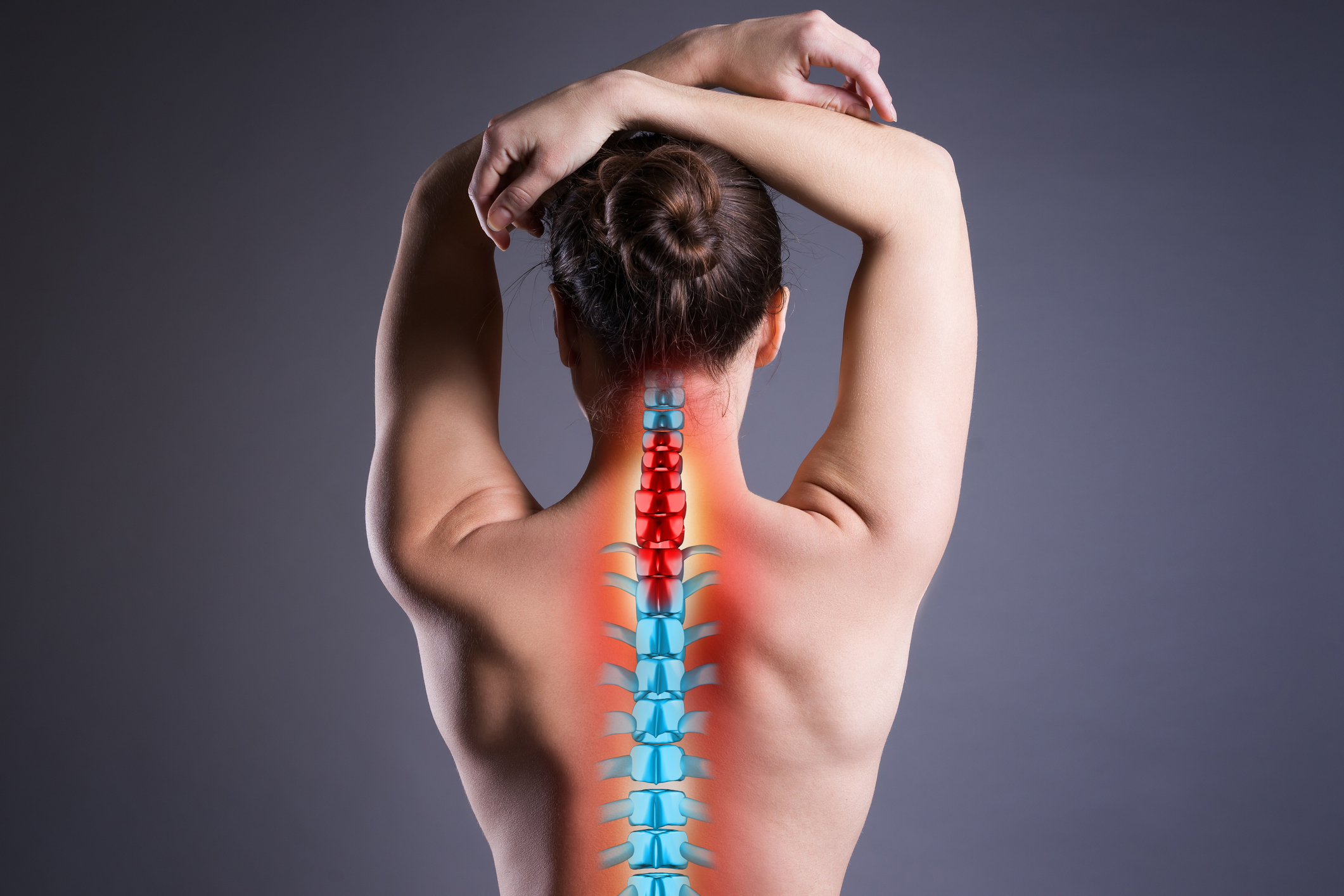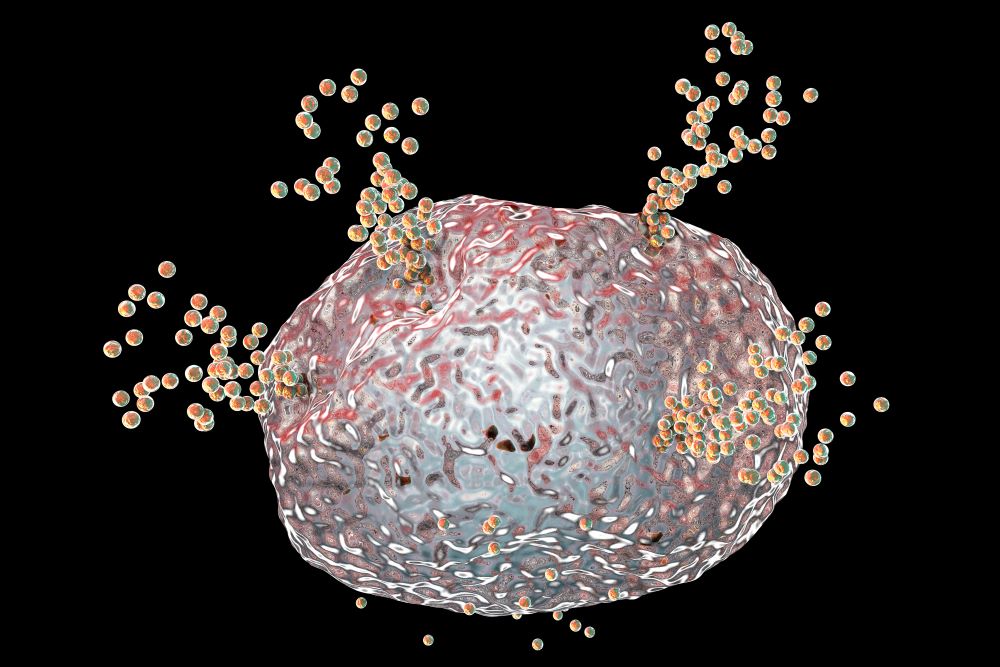Now live! RTHM Direct – simplified medication access for Long COVID, ME/CFS and related conditions. Check it out
While much of the focus here at RTHM is on Long COVID and myalgic encephalomyelitis/chronic fatigue syndrome (ME/CFS), growing research is showing that many patients with these conditions either have or receive a diagnosis of one or more connective tissue or structural disorders that are contributing to their symptoms. In many cases, these underlying conditions go undiagnosed for years. Once identified, treatment or management of these underlying conditions can often minimize or eliminate many symptoms patients experience.
Here we take a look at some of the most common connective tissue and structural disorders commonly seen with Long COVID and ME/CFS. For a more in-depth look at a specific condition, click the READ MORE link under each one.
Ehlers-Danlos Syndromes/Connective Tissue Disorders
Ehlers-Danlos Syndromes are a group of 13 inherited connective tissue disorders, most well known for causing hypermobility. These conditions are characterized by collagen abnormalities in the body that can contribute to joint hypermobility, pain, organ fragility, fragile and stretchy skin, and much more. Considered a rare condition now, with a prevalence of one in 2,500 to 5,000, these syndromes are often underdiagnosed or misdiagnosed.
To learn more about Ehlers-Danlos Syndromes, click READ MORE
Fibromyalgia
Fibromyalgia is a chronic pain condition that affects the musculoskeletal system. The exact etiology and pathophysiology of this condition are understudied and, for the most part, still unknown. The primary symptom of fibromyalgia is widespread, chronic, and persistent pain, often described as muscle aching, throbbing, burning, or severe stiffness.
In addition, those with fibromyalgia may also experience headaches and/or migraines, irritable bowel syndrome, fatigue, trouble sleeping, numbness or tingling, cognitive issues, and a sensitivity to light, noise, odors, and temperature. The cause of fibromyalgia is currently unknown, but there may be a link to previous trauma or injury, the presence of other autoimmune conditions, or a result of a previous viral infection.
To learn more about Fibromyalgia, click READ MORE
Chiari Malformation
Chiari malformation is a disorder characterized by a structural defect in the base of the skull and cerebellum, which causes the brain tissue to extend into the spinal canal. This displacement can disrupt the normal flow of cerebrospinal fluid, leading to a variety of symptoms such as headaches, neck pain, dizziness, balance problems, and sensory disturbances. Chiari malformation is typically diagnosed through imaging tests like MRI, and treatment options include medication for symptom management and surgical interventions to alleviate the pressure on the brain and spinal cord. The severity and progression of symptoms can vary widely among individuals, and early detection and appropriate management are crucial in improving the quality of life for those affected by this condition.
To learn more about Chiari Malformation, click READ MORE
Tethered Cord Syndrome
Tethered cord syndrome is a neurological and structural condition in which the spinal cord becomes abnormally attached or “tethered” to the surrounding tissues, limiting its movement within the spinal canal. This condition can be present from birth or acquired after spinal surgery or trauma. Tethered cord can cause a range of symptoms such as lower back pain, leg weakness or numbness, difficulty walking, bladder or bowel problems, and in some cases, scoliosis. Tethered cord syndrome is often diagnosed through imaging tests like MRI, and treatment usually involves a surgical intervention to release the tethered cord and restore its normal mobility. Early detection and timely intervention are essential to prevent further neurological complications and to improve the long-term outcomes for individuals affected by this condition.
To learn more about Tethered Cord, click READ MORE
Craniocervical Instability
Craniocervical instability, also known as craniovertebral instability or CCI, is a condition characterized by excessive movement or instability between the skull (cranium) and the uppermost part of the spine (cervical spine). It typically occurs due to ligament laxity or structural abnormalities in the craniovertebral junction. CCI can lead to a variety of symptoms, including severe neck pain, headaches, dizziness, difficulty with balance and coordination, numbness or tingling in the arms or legs, and in some cases, neurological deficits.
Diagnosis of craniocervical instability often involves a combination of imaging studies, such as dynamic X-rays and MRI, along with clinical evaluation. Treatment options can range from conservative approaches like physical therapy and bracing to surgical interventions aimed at stabilizing the affected area. Each case is unique, and management strategies are tailored to the individual’s symptoms and underlying cause of instability.
To learn more about craniocervical instability, click READ MORE
 Intracranial Hypertension
Intracranial Hypertension
Intracranial hypertension, also known as pseudotumor cerebri, is a condition characterized by increased cerebrospinal fluid pressure around the brain. It can occur due to various factors, such as head injury, brain tumors, certain medications, or underlying medical conditions like hydrocephalus or Chiari malformation. Symptoms of intracranial hypertension may include severe headaches, vision problems, nausea, vomiting, dizziness, and in some cases, changes in mental status. If left untreated, it can lead to serious complications, including vision loss and neurological damage.
Diagnosis is typically made through a combination of clinical evaluation, imaging tests, and lumbar puncture to measure the cerebrospinal fluid pressure. Treatment options may include medications to reduce fluid production or surgical interventions to alleviate the pressure and address the underlying cause.
To learn more about intracranial hypertension, click READ MORE
Intracranial Hypotension
Intracranial hypotension refers to low cerebrospinal fluid (CSF) pressure within the skull, which can result from various causes such as a CSF leak, spinal fluid drainage, or reduced production of CSF. This condition is characterized by symptoms such as severe headaches, neck pain, dizziness, nausea, and changes in vision. These symptoms are typically alleviated when lying down and worsen when upright. Intracranial hypotension is often diagnosed through imaging tests like MRI or CT scans, and sometimes a lumbar puncture is performed to measure CSF pressure.
Treatment options include conservative measures such as bed rest, increased fluid and caffeine intake, and medications to manage symptoms. In some cases, interventional procedures may be necessary to seal the CSF leak or correct the underlying cause of the hypotension.
To learn more about intracranial hypotension, click READ MORE
Connective Tissue and Structural Disorders at RTHM
RTHM clinicians are all familiar with these connective tissue and structural disorders and the fact that they are common comorbidities often seen in those with ME/CFS and Long COVID. If you suspect you may have one of these underlying conditions, talk with your clinician and they can arrange for the necessary testing.

Get updates
Join our mailing list




